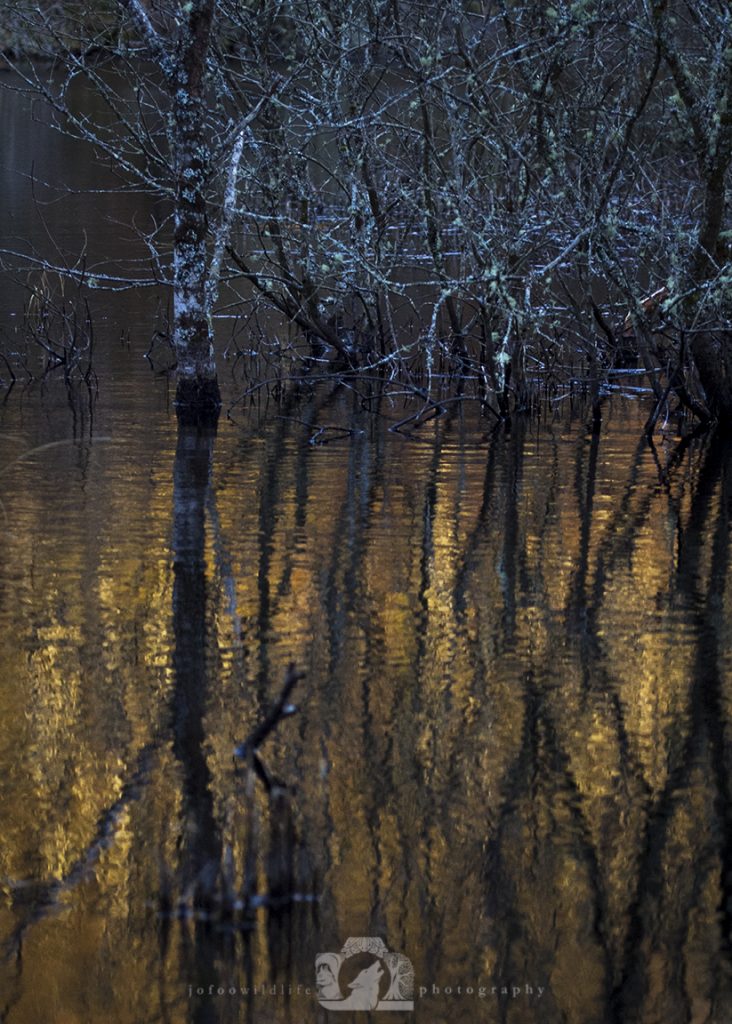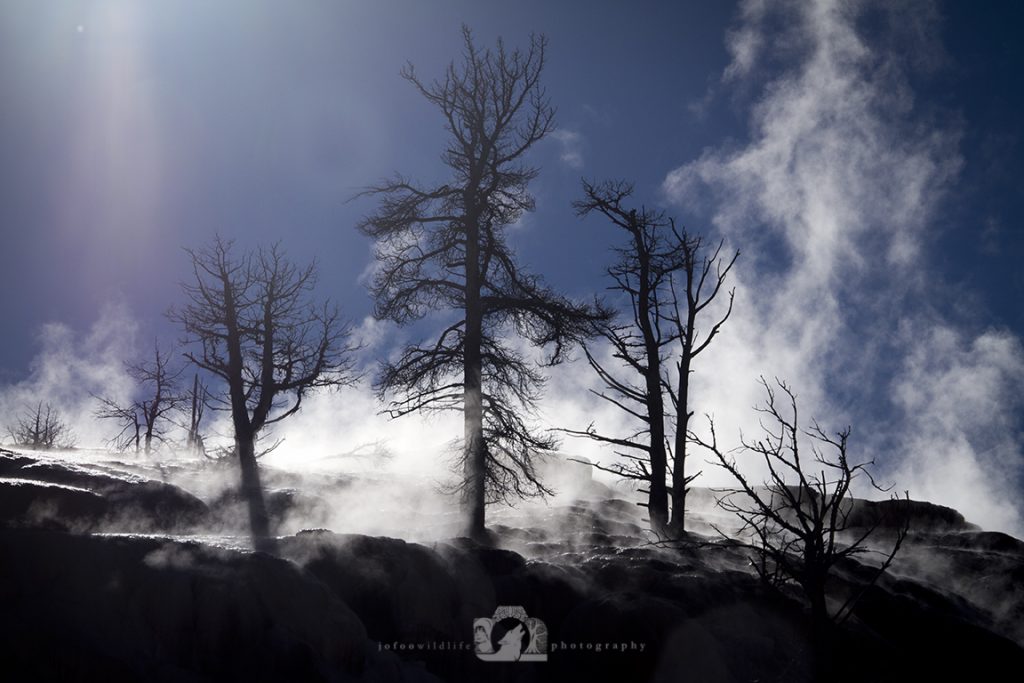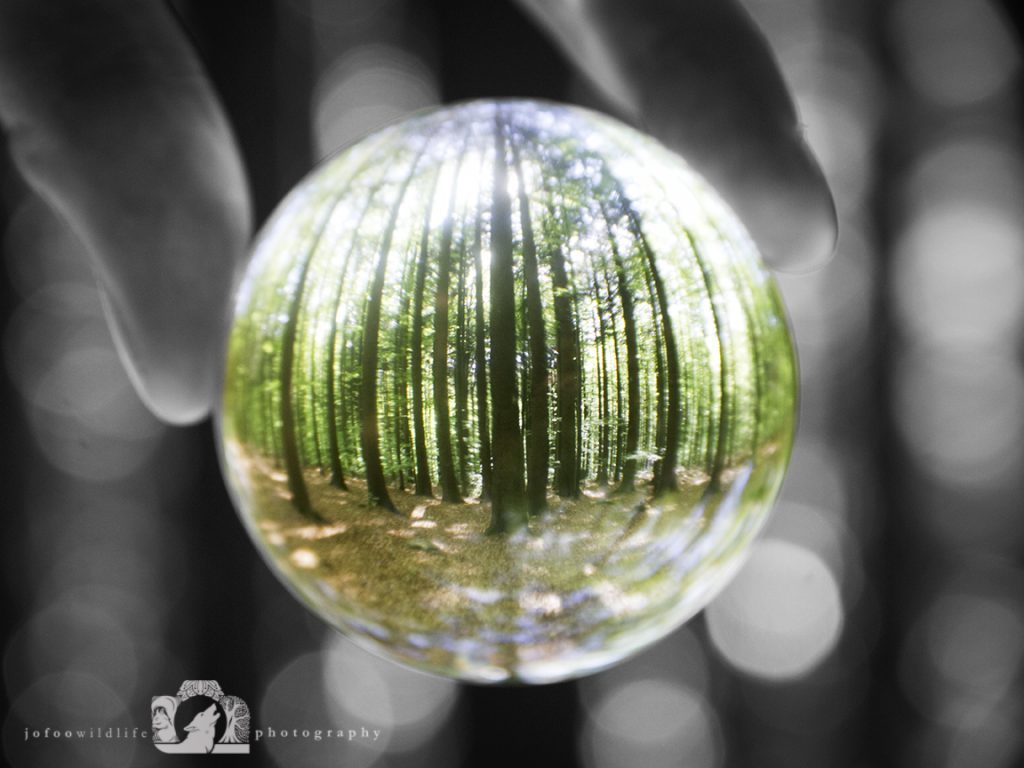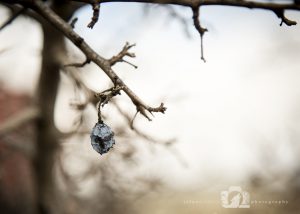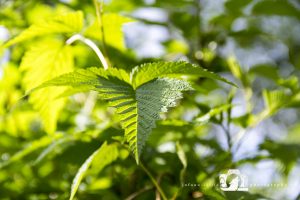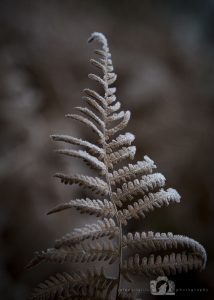
European Bee Eater with Dragonfly
European Bee-eaters are enchanting birds with magical colours. A couple of months ago, I was lucky to spend a few hours in their company.
As soon as I knew I was moving to Spain I checked to see what wildlife I could try to capture on camera. A quick bit of research told me that I didn’t have to travel far to see these beautiful birds. They were quickly added to my wildlife wishlist and I made plans to visit Hides de Calera as soon as possible. Unfortunately, in autumn 2015 I’d already missed the best season to see them so I had to be patient.
And patient I was. I finally made it out at the end of May 2016 and the day began with an interesting start. With a 90 minute drive to the site ahead of us and a 6.30am meeting time, the alarm was set for 4.30am. This is not unusual for wildlife photography. Often the best time to see animals in action is early morning or late at night.
I’m not the best sleeper and once again, the night before my trip, sleep eluded me. I lay awake while the hours slipped away, eventually getting some kind of pseudo-sleep in for an hour before the alarm went off. Coffee is often essential for us wildlife photographers.
My drowsiness quickly gave way to excitement as I pictured the shots I’d like to capture in my head. Wildlife photography is unpredictable. Hides like these ones help make it more likely that you’ll be successful but it’s still possible to visit and see nothing. I tempered my excitement slightly as I reminded myself I might not be lucky today.
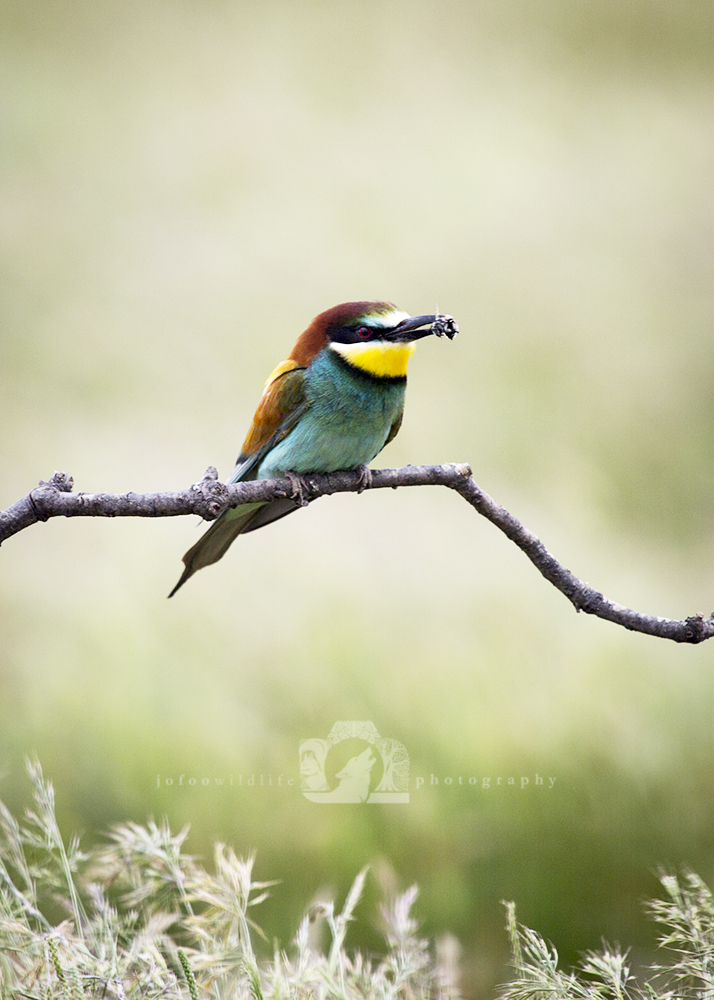
European Bee Eater with a Bee for Dinner
Lack of sleep was not the only thing working against me that day. In the week leading up to the shoot, I’d experienced some of the worst hayfever allergies in over a year. Yep, that’s right – puffy, itchy eyes; scratchy throat and sneezing.
Sneezing.
Exactly what you want to be doing when you’re sitting in a hide quietly waiting for wildlife to arrive. A hide in a field grass and flowers no less.
It wasn’t a great recipe for success.
But somehow it worked. The birds at the hide didn’t seem to notice my occasional outbursts and after about twenty minutes of waiting, they started to show up. The hide was situated near a nest site and there were at least four individuals sailing through the sky and landing in the the surrounding area. They were a sight to behold.
I always go with a plan in mind. An idea of what I’d like to see for the day. All good photographers plan their shots in advance and sometimes we have full control over the image itself. But wildlife and nature have their own agendas and I can only plan what I’d like to capture. A “dream shot”. I always have one but then I’m always happy with any time spent in the company of animals.
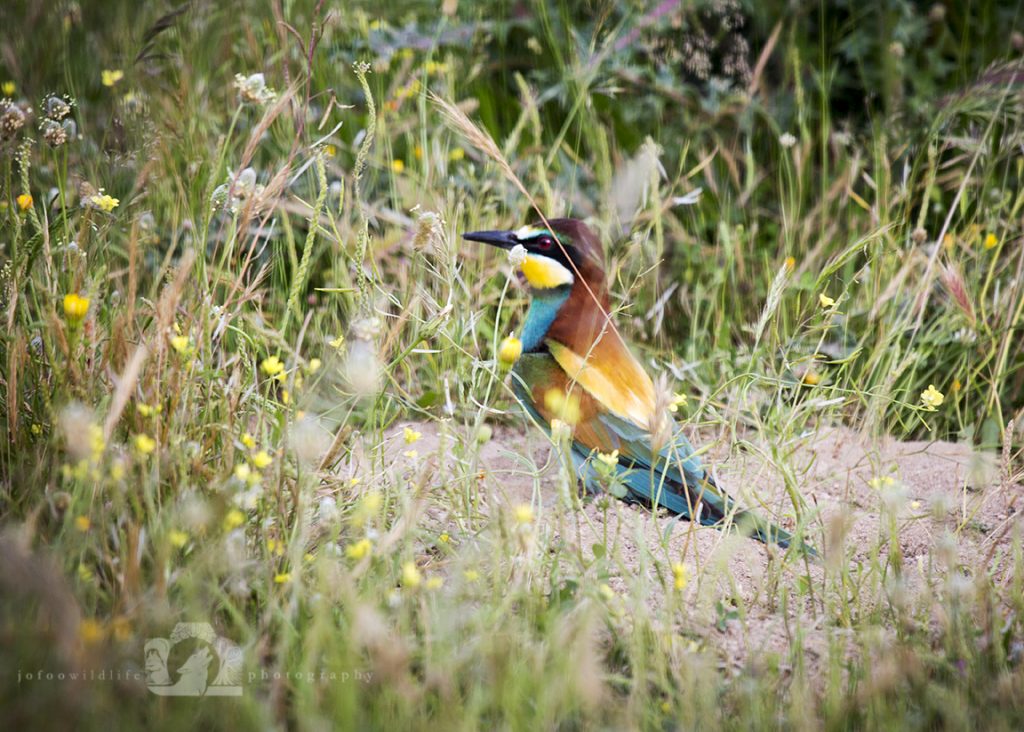
European Bee Eater at it’s Nest Site
As the name would suggest, Bee Eaters live off of a diet of bees and other insects. An obvious but delightful shot to capture would be one with a mouthful of it’s name sake. They tend to watch their prey from the branches, fly after it and catch it, then return to the branch to finish their meal. I found out later that they also kill their prey by hitting it off of the branches or perches that they return to. Eating bees is tricky and these birds have developed a clever way to deal with that sting. Once the bee is dead, they wipe or scrape the abdomen along the branch to get rid of the sting.

Mating Behaviour
These birds are usually monogamous and nest in the ground. The nest is a long burrow which can be a metre in length with an area at the end called a chamber. It was fascinating to watch them. With some further reading afterwards, I also learned that this is one of the few European bird species who have helpers. So for these birds, care of the young is not only down to the parents. They have assistance from male relatives (sons, brothers) of one or both of the parents.
While I was there it became obvious that some courtship was taking place. At first I thought it was a parent feeding a fledgling – they do this for some time as hunting insects is incredibly difficult and requires a lot of skill – but I quickly realised that the male bee eaters bring gifts to their female partners. I watched as he arrived with a variety of presents for her and his troubles were occasionally rewarded with mating behaviour.
Sometimes though, his efforts were met with a disgruntled female and a squabble ensued.
I say that though, despite sitting still in my little hide for hours, I couldn’t identify individuals with certainty. They look very similar! So while I thought that sometimes the female wasn’t impressed with her male sutor, it may well be that there were two males approaching her and one was lucky in love, while the other not so much.
My instinct told me that what I was witnessing though, was a monogamous pair preparing for the next brood with male siblings/offspring getting in the way. I guess I’ll never know for sure.
Their squabbles were impressive. A flurry of disagreeing colour. I got good a predicting them and working out which birds were about to have words with each other. I could study animal interactions all day.

The Quarrel
By the end of the session, around midday, the encounters were reducing in frequency as the temperature rose. I was thankful for my little hide and the shelter it provided. It wasn’t quite the 40 degrees of summer but we were reaching a toasty 32 degrees. It was time to pack up and head home for a few hours sleep before returning later that night to try and photograph Little Owls.
I took hundreds of shots that morning and have many more to share with you. Please visit my website and galleries to see more of my bee eater images.
Thanks for stopping by! x

Ruffled Feathers



